Discover the difference between noise cancellation and noise isolation and know which one is best for you.
Aside from change, noise has become one of the most constant things in everyday life. Whether it’s the sound of your neighbor’s lawnmower, the distracting chatter in the office, or the hum of the air conditioner, noise is everywhere and a few hours of silence can now seem more precious than gold.
Good news: there are some types of headphones that can solve this!
However, as you browse about which headphones to go for, you’d most probably encounter ‘noise-isolating’ and ‘noise-cancelling’ headphones promising to solve your problems. One might wonder if the two are interchangeable, but the simple answer is: no.
In this article, we’ll show you how each type works and help you understand the different factors that set them apart. Hopefully, you’ll gain enough insight as you understand the key points to consider and lead you to the right choice.
What Is Noise Isolation?
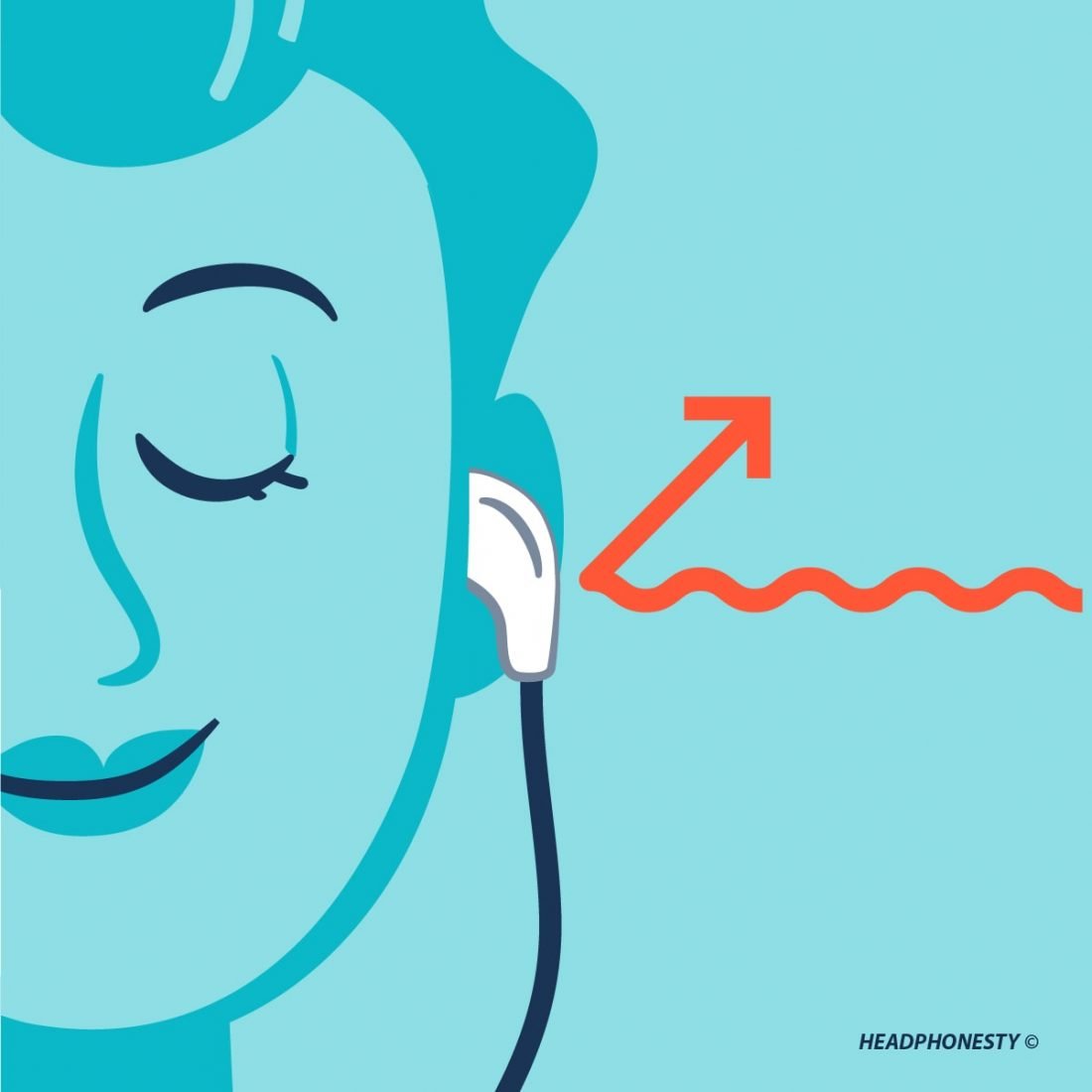
Noise isolation, a.k.a “Passive Noise Cancellation”, is the act of blocking noise through the use of physical barriers. Just as you hear less noise when you cover your ears with your palms, noise isolation in headphones achieves the same result by forming a secure seal using the foam pads in the ear cups.
The physical barrier “isolates” your ear from the sound — or at least attempts to — with the goal of reducing the noise levels. But while effective to some degree, the sound will still leak through depending on the fit, design, and materials used.
Most headphones already have noise isolating qualities but you can improve these by incorporating the thick insulating materials of earmuffs into your headphones’ ear cups.
What Is Noise Cancellation?
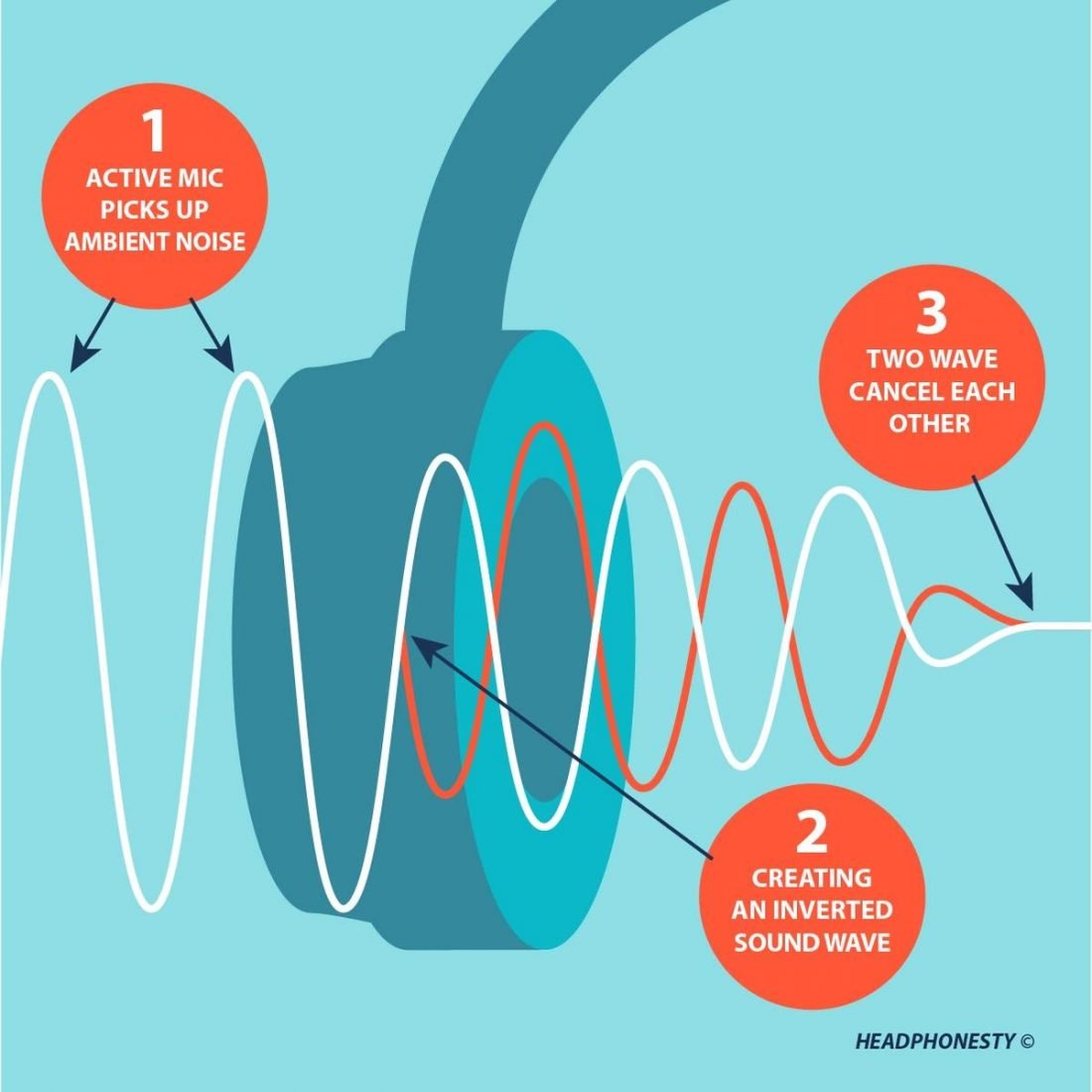
Also known as “Active Noise Cancellation” (ANC), it’s a process for blocking off ambient sound through a system of components placed within the ear cups of the headphones.
First, miniature microphones “listen” to the surrounding sound. The sound wave data is then relayed to a built-in chipset which will run algorithms to produce an opposing soundwave (180 degrees out of phase) through the speakers. This will cancel out incoming ambient sound waves.
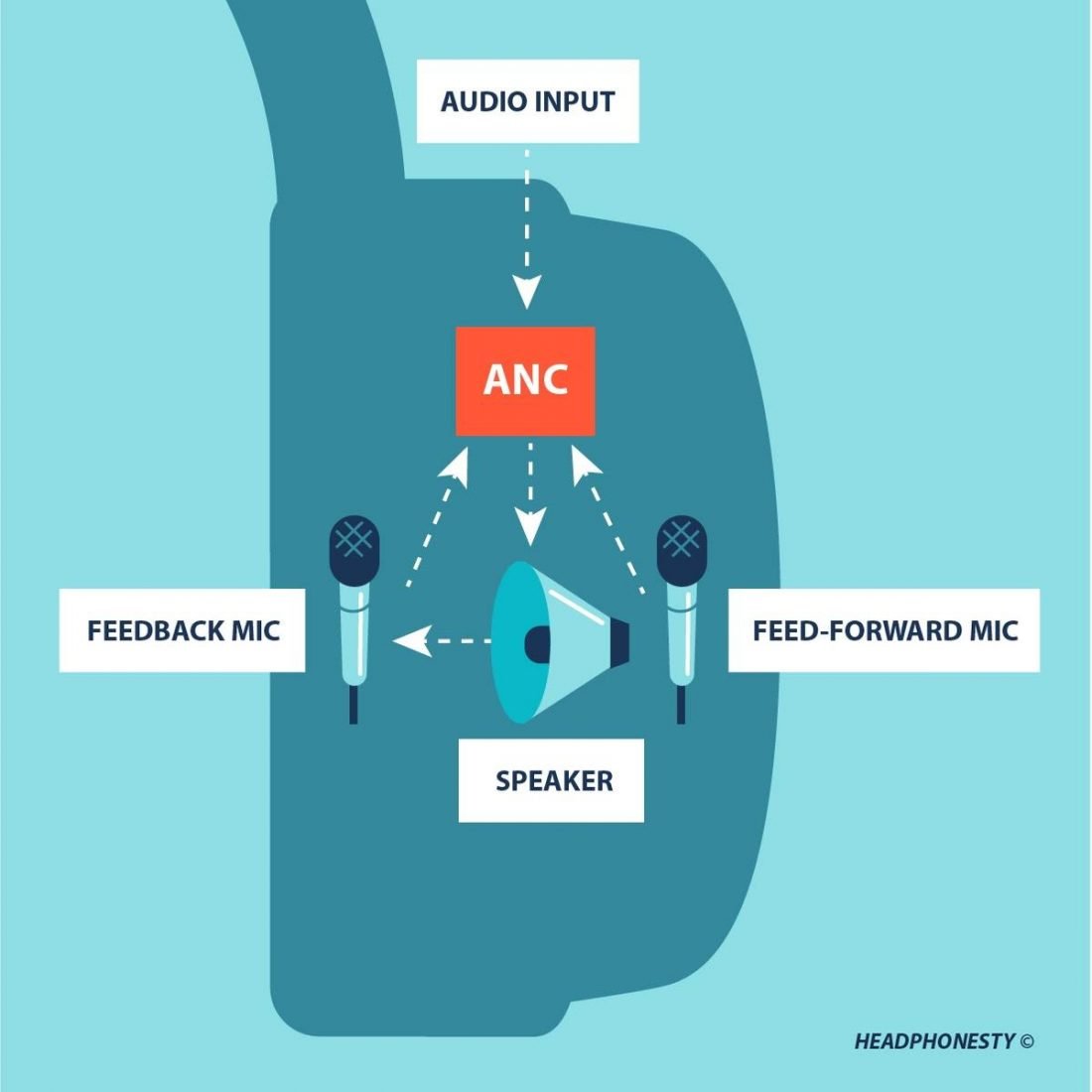
It’s worth noting that most ANC systems today are mainly capable of canceling low-frequency sound waves. A running car engine or the constant droning sound of a large air-conditioner are a few examples.
To understand how noise-cancelling headphones works, read our in-depth guide where we dive into the inner-workings of ANC.
Difference Between Noise Cancelling and Noise Isolating Headphones
The average buyer probably thinks there’s no difference between noise canceling and noise isolating headphones. In reality, there are plenty of factors that distinguish them apart, and knowing about them will help you make an informed choice if you’re thinking of buying one.
Noise reduction
Noise-isolating headphones leverage the physical attributes of headphones and earphones to block ambient noise.
How effective it will be in reducing ambient noise depends on the fit on the user (there should be as little leakage as possible) as well as the material used. For example, in-ear monitors (IEMS) or earbuds-style earphones are generally better than over-ear or on-ear ones in terms of noise isolation. They create a better seal as you push the tips inside the ear canal.
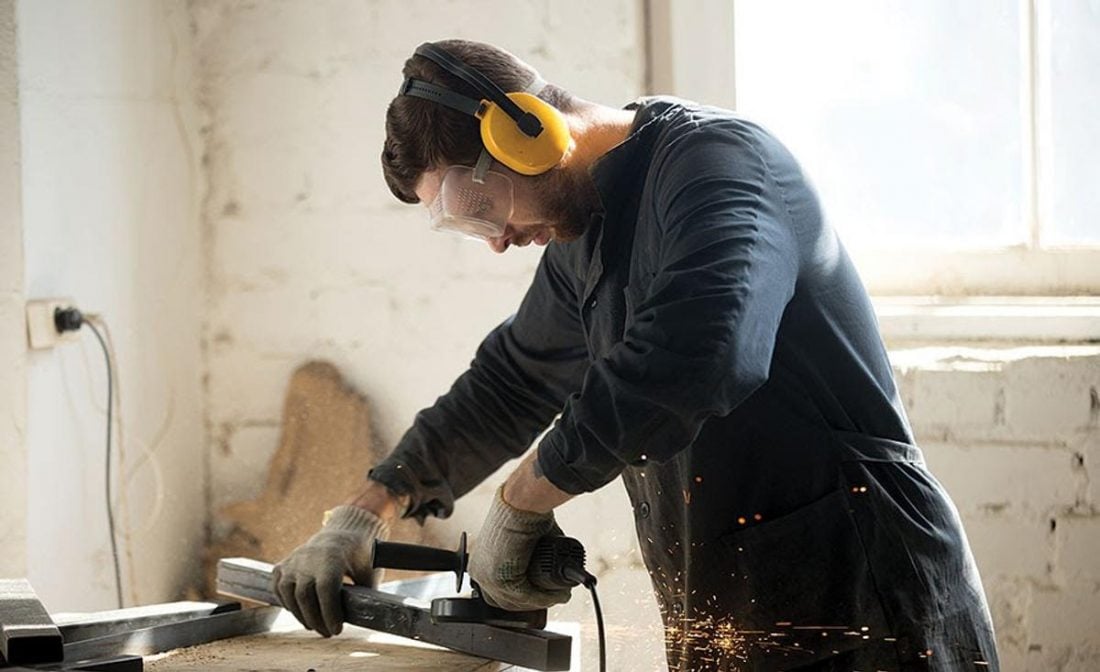
Passive noise cancellation can lessen mid to high-frequency noises by about 15dB to 30dB.
Noise-canceling headphones, on the other hand, make use of electronics that send out sound waves to nullify the ones coming from the environment. The sound waves “cancel” each other out, effectively reducing ambient noise (mostly low-frequency sound waves) by an average of 30dB.
The noise cancelling capability of any ANC headphones depends on how well the technology is incorporated to the headphones themselves though. It can also be sometimes a subject of the price range. For example, you can expect significant improvement on ANC headphones under $200 compared to those under $100.
Sound quality
The absence of dedicated noise-canceling electronics allows manufacturers of noise-isolating headphones to focus on the design, materials, and construction that will produce the best sound quality.
On the other hand, the process of sampling ambient sound and producing an opposing signal could lead to some “coloration” of the final sound output. The circuitry installed and the canceling signal it produces can interfere with the audio output, reducing the accuracy in recreating the source audio. This can affect quality negatively.
With this in mind, regular audiophile headphones will beat ANC-equipped ones in sound quality because they’re all about recreating the most absolute “pure” sound from the source and nothing else. That’s their one and only goal.
However, it doesn’t mean that ANC headphones can’t go toe-to-toe with some of the best headphones out there. Thanks to developments in technology, some ANC headphones are capable of effectively blocking out ambient noise while still being able to produce excellent sound. The Shure Aonic 50, Sony WH-1000XM4, and the Bose 700 are a few examples.
Power consumption
Not having any additional electronics and circuitry means noise-isolating headphones don’t need any power source to operate.
In contrast, active noise-canceling headphones won’t work without power, a.k.a. batteries. Sure, it can still block out noise passively (with ANC turned off) but that really defeats the purpose. You have to charge it every now and then to use its noise-canceling features.
Comfort & safety
When it comes to comfort, there is no definitive answer since there’s simply a very wide selection of options to choose from. Some regular headphones might be more comfortable than ANC-types but that’s also true vice-versa.
Since noise isolation depends on the fit and seal of the headphones, some can be tiring, non-breathable, and even hurt when worn for a long time, if the fit isn’t good.
For noise cancellation, on the other hand, some users have reported experiencing pressure on the ears (same feeling as when one is on an ascending plane) when wearing noise-canceling headphones. This is because as ANC cancels sound low-frequency sound, it triggers the brain into thinking that there’s been a change in air pressure even when we’re on solid ground.
However, even if some reviews tell you that a particular model of either passive or active noise-canceling headphones is comfortable to wear, ultimately, it depends on the user experience of the person wearing it.
In terms of safety, the situation, and environments where it will be used matters.
In general, you shouldn’t wear active noise-canceling headphones in areas that you have to be aware of what’s happening around you (walking in the street, biking, or running, etc).
With that said, both noise cancellation and noise isolation are actually safe in terms of hearing protection. This is because they prevent users from amping up the volume just to block ambient sound. Some manufacturers even add more protection by integrating them with volume-limiting features, especially for ANC headphones made specifically for kids.
Price
Imagine taking two identical headphones (same brand and model) and then adding ANC-components to one of them. The ANC pair will be more expensive simply because of the added cost of materials and production spent to integrate the system into the headphones.
Cheaper headphones already equipped with ANC, also exist though. But since the construction and execution of ANC tech itself vary from one manufacturer to another, most lower-end ANC headphones tend to not be very good, especially in comparison to higher-priced models.
But the technology is getting there. Now, you can actually see ANC headphones at affordable prices. But, of course, if you need more features like the Adaptive ANC, you’d have to go for a higher price range.
However, pricing is a lot more nuanced than that since you basically have thousands of options to choose from across hundreds of brands, models, price points, and other factors.
You could end up paying more for noise-isolating headphones if you decide to go for audiophile-grade ones, for example.
Passive vs. Active Noise Cancellation: Which Should You Go For?
Now comes the juicy part: deciding which type of headphones you should go for.
But this article will go beyond the usual “, it depends on your budget” kind of advice. Here, we’ll think of actual scenarios where a pair of passive or active noise-canceling headphones fits best.
Hopefully, this gives you some insight into how you’ll personally use the headphones and use this info to get the right pair.
At the gym
When you’re working out, you’d want to listen to a custom playlist that will really get you going. The last thing you’d want is to be forced to listen to the gym’s choice of music (which can be hit or miss).
In this case, a pair of Active noise-canceling headphones are your best bet if you want to drown out the noise so you can clearly hear your own tunes.
Newer ANC-type headphones like the Microsoft Surface Headphones 2 and Sony WH-1000XM4 come equipped with easy-access controls that let you quickly switch noise-canceling levels or pause the feature if needed.
Loud offices
A typical busy office produces all sorts of noise especially those with open floor plans. Speaking from experience, it can easily go from tolerable to mildly distracting. And can even go up to utter work disruption if the noise levels go beyond expectations.
You’d probably want something that will reduce noise so you can focus better and enjoy clear phone conversations, while maintaining awareness if someone wants to talk. Noise-isolating headphones (or IEMs) would be perfect in this scenario. Any minimal to moderate noise levels can be easily masked with the earpads offering ample noise blockage combined with some music playing through its speakers.
When traveling
Traveling via trains and airplanes can be quite a challenge — noise-wise — especially if the place is really packed and you have all sorts of strangers talking and moving all around (can be especially distracting if there are kids playing around.
What’s worse is if you’re seated where the plane engines can be heard loud and clear.
This was actually what inspired Dr. Amar Bose, the founder of Bose Corporation, to invent the first noise cancelling headphones. He failed to enjoy one of his flights because of too much cabin noise. Therefore, he decided to make something that can solve that.
And if you need to sleep, this can be quite frustrating. That’s why a pair of active noise-canceling headphones (or earphones) is your best bet in this type of environment. It can dramatically reduce unwanted sounds from your surroundings and let you relax and travel in peace.
There are even ANC headphones that are particularly tailored for travels. These have additional features that can address other travel-nuances, like the change in air pressure, the need to hear some ambient sounds, and location tracking.
When you need to study or focus
Whether it’s having to study in a coffee shop or another public place, getting some work done at home with other family members doing the same thing, or just simply taking a break from all the hustle and bustle, a pair of active noise-canceling headphones will help you do all these.
Noise cancelling headphones for studying lets you be free of distractions and make the most out of your time to catch up with your lessons anywhere you go.
This applies with gaming as well. Using ANC headphones for gaming helps you forget your surroundings and focus entirely on your gameplay.
There’s something convenient about putting on a pair of headphones that helps you get stuff done, wherever you are.
Working with loud equipment
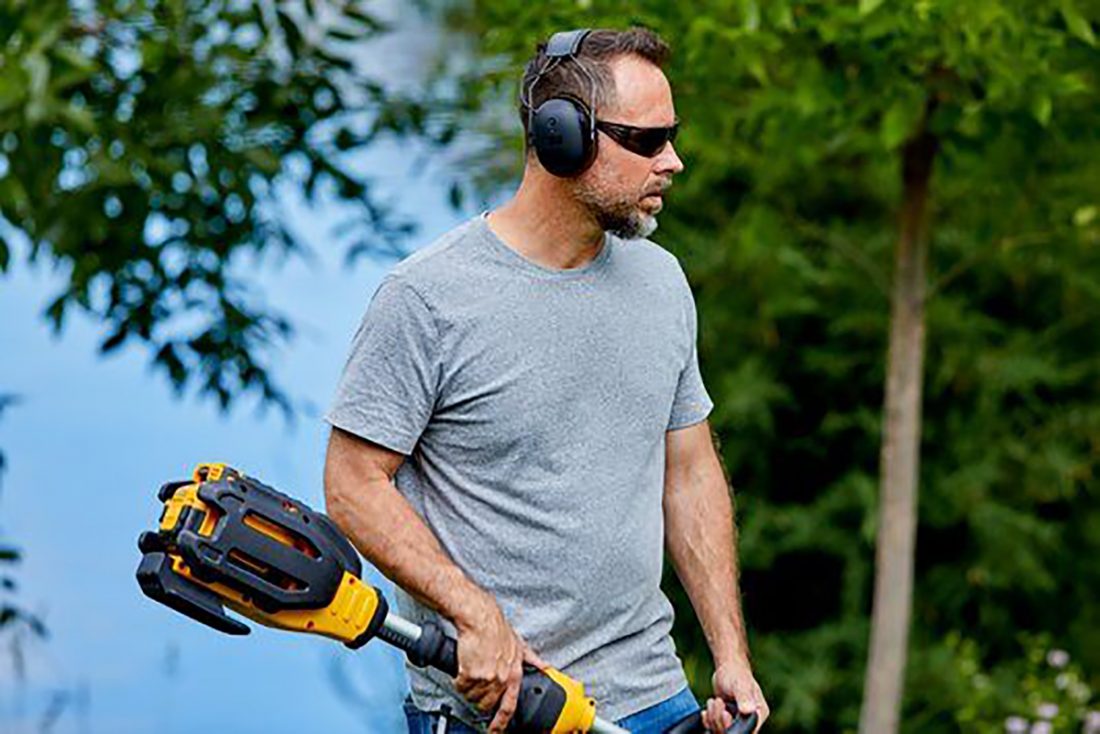
If earmuffs aren’t cutting it when working with loud equipment (e.g., lawnmower, leaf-blower, power tools, etc.,), perhaps a pair of ANC headphones will do the trick.
It will help reduce low-frequency sounds from anywhere between 20dB to 45dB. Although, this still depends on the quality and effectiveness of the ANC components. This is quite significant especially if you’re constantly exposed to high levels of noise daily.
Conclusion
We hope you found this guide useful in determining which type of noise-reducing headphones to pick. Remember, each has its pros and cons — it’s really all about knowing what and where you’ll use them for.
Which one do you think best fits your needs? Care to share your own experience in wearing noise-canceling headphones? Let us know in the comments below!
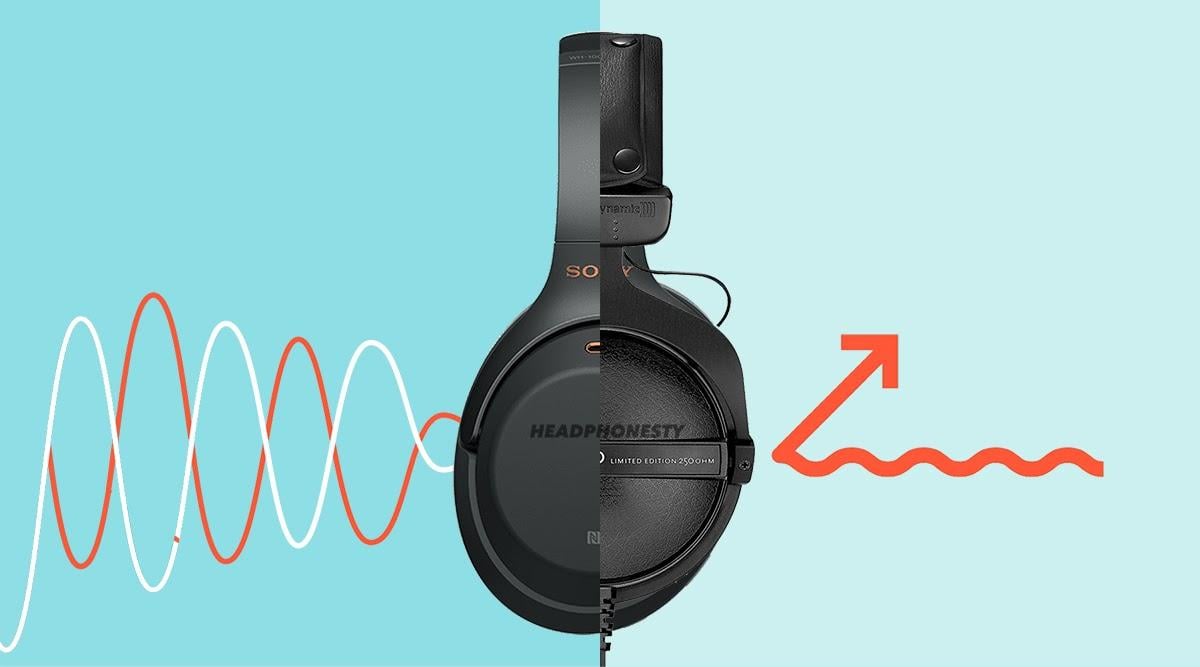
Hmmmmm…I am a little confused, I mainly use my headphones overnight as I am a bad sleeper, so I tend to sleep during the day, but, I listen to AM radio overnight. Also when I watch TV, it’s headphones on all the time. Also my left ear is a little ‘deaf’…so Hmmmmm is rather appropriate! Help! A myriad of headphones both expensive & cheap, over the years, well, rather confused me more. Lots of articles don’t help much, sorry! Sony basic headphones seem to be the go, I am looking for a new sound system, too, ours is very old, my 1st hubby was a Hi-Fi nut, newer model Hubby doesn’t care! Thanks for the Help!! SLIMSYLV,
What type of headphones do you recommend to prevent noise leakage from my headphones so as not to annoy my partner sitting next to me?
Closed-back headphones. Read more: https://www.headphonesty.com/2020/01/closed-back-or-open-back-headphones/
Thank you for this very thorough article.
Is it possible to find ANC headphones that can generate a silence equivalent or better than say a 3M Peltor X5A helmet (37db)?
I tried the Bose 700 and found the technology quite impressive (and haven’t had the opportunity yet to try the Sony…M4) but in the store, trying the Bose and the Peltor in turn, the Peltor generated a much morecomfortable silent bubble .
I also understand that the use is different but if such a beauty of an object existed that you could listen to music AND enjoy real silence when you need to be at peace. Well, that’s what I’m looking for but I’m not sure it exists… … yet.
So what would work best if you work in a noisy environment (I am an architect) but also need to make phone calls at noisy work sites?
What headphone would be better for me when in the garden. I get fed up with loud music coming from neighbours, would they block out the bass and screaming children.
What headphones are clear in phone calls to other party to hear me clear?